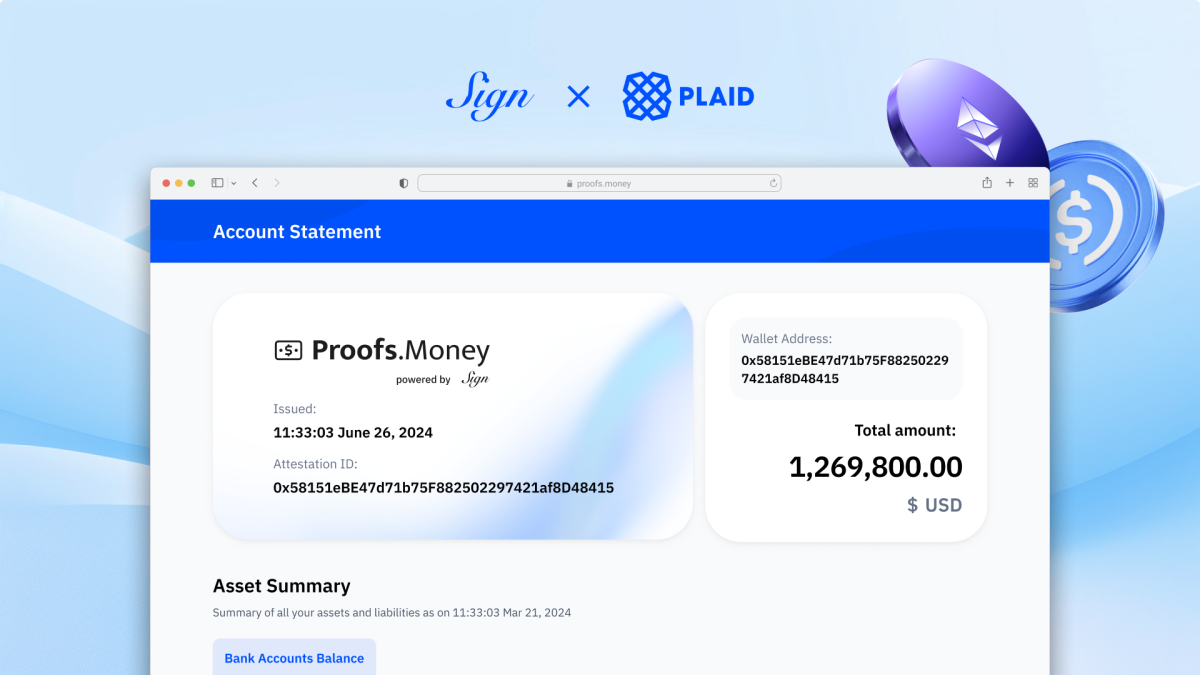A brief history of Dogecoin


Dogecoin  DOGE
+4.83%
, the cryptocurrency that started as a joke, has become a popular digital currency in recent years.
DOGE
+4.83%
, the cryptocurrency that started as a joke, has become a popular digital currency in recent years.
Created in 2013 by software engineers Billy Markus and Jackson Palmer, Dogecoin was initially intended to be a lighthearted alternative to Bitcoin. However, it quickly gained a following and has since become a significant player in the world of cryptocurrency.
In this article, we will take a closer look at the history of Dogecoin, from its humble beginnings to its current status as a popular and widely traded digital currency.
The creation of Dogecoin and its early development
Dogecoin, a cryptocurrency that has gained substantial attention in recent years, was born out of a light-hearted jest rather than a serious financial ambition.
The coin was inspired by a popular internet meme featuring a Shiba Inu dog, referred to as the "Doge" meme, which was known for its humorous and absurd text overlays. The quirky and playful nature of this meme resonated with the burgeoning cryptocurrency community at the time, leading to the creation of Dogecoin.
Markus and Palmer used the open-source code from Bitcoin, the pioneer cryptocurrency, to form the backbone of Dogecoin. This was then modified to create a unique cryptocurrency that would eventually capture the imagination of millions. The creation process was swift, taking only a few hours to complete.
Yet, despite the rapid development and growing popularity, both Markus and Palmer stepped away from the Dogecoin project in the following years. Markus, in particular, sold his entire Dogecoin holdings in 2015, which at the time, was valued at the price of a used Honda Civic.
Despite their departure, Dogecoin continued to evolve and gain traction, laying the groundwork for its future as a well-recognized name in the cryptocurrency space.
Dogecoin's rise to popularity: Community, tipping, and philanthropy
Dogecoin's rise to popularity can be traced back to its unique community culture characterized by humor, eccentricity, and philanthropy. This culture was initially formed during the early days of Bitcoin but was fully embraced and amplified by the Dogecoin community.
Unlike other cryptocurrencies, which are often viewed as serious financial instruments, Dogecoin maintained a playful and light-hearted image. This unique characteristic made it more accessible and relatable to the mainstream public, contributing to its growing popularity.
One of Dogecoin's notable uses has been as a form of online tipping. Due to its low unit price compared to other cryptocurrencies like Bitcoin, users could send large amounts of Dogecoin for not much money. This made it a popular choice for rewarding quality content or acts of kindness on the internet. The practice of tipping with Dogecoin helped foster a sense of community and camaraderie among users, further enhancing its appeal.
Moreover, Dogecoin's community has also been known for its philanthropic efforts. A prime example is when they used Dogecoin to fund the Jamaican bobsled team's participation in the 2014 Sochi Winter Olympics. This act of generosity received widespread media coverage, further boosting Dogecoin's reputation and popularity.
Dogecoin's unique features and technology: Understanding its blockchain
Dogecoin's unique features and technology, specifically its blockchain, have played a crucial role in its success and popularity.
Unlike Bitcoin, which has a maximum supply of 21 million coins and is often seen as a store-of-value asset, Dogecoin has no maximum coin supply limit. This means that 14 million additional Dogecoins can be mined every day, resulting in an inflationary effect on the asset's value.
Another key aspect of Dogecoin's technology is its transaction speed. Blocks on Dogecoin's blockchain take only one minute per block, which is notably faster than Bitcoin's 10-minute block time. This makes Dogecoin a potentially viable option as a transactional asset, especially for smaller, everyday transactions.
It's worth noting, however, that while Dogecoin's technical makeup gives it certain advantages, it also means that the asset could potentially face issues related to scalability and security in the future.
Dogecoin's performance and market adoption over the years
Over the years, Dogecoin has been a testament to the power of community and internet culture, showing impressive performance and market adoption despite its humorous origins.
Its initial years were marked by a steady but modest performance, with the coin typically trading for less than $0.01. However, 2021 marked a turning point for Dogecoin. Propelled by a surge in fanfare and hype, Dogecoin's price skyrocketed, reaching a peak just shy of $0.74 per coin. This dramatic price surge was largely driven by the community's enthusiasm and the media attention it garnered, rather than any inherent technological advantage or use case.
High-profile endorsements, such as that from Tesla CEO Elon Musk, have also played a significant role in boosting Dogecoin's market visibility and adoption. Furthermore, the coin has found unexpected use cases, such as the Dallas Mavericks of the National Basketball Association (NBA) accepting Dogecoin — a move spearheaded by Mark Cuban — as a payment method for merchandise and tickets in 2021.
Yet, after reaching a peak, the coin's price fell south when Musk appeared on Saturday Night Live as the "Dogefather." Since then the its price has kept sliding and has regularly fallen below the $0.20 mark.
Disclaimer: This article was produced with the assistance of OpenAI’s ChatGPT 3.5/4 and reviewed and edited by our editorial team.
© 2023 The Block. All Rights Reserved. This article is provided for informational purposes only. It is not offered or intended to be used as legal, tax, investment, financial, or other advice.



